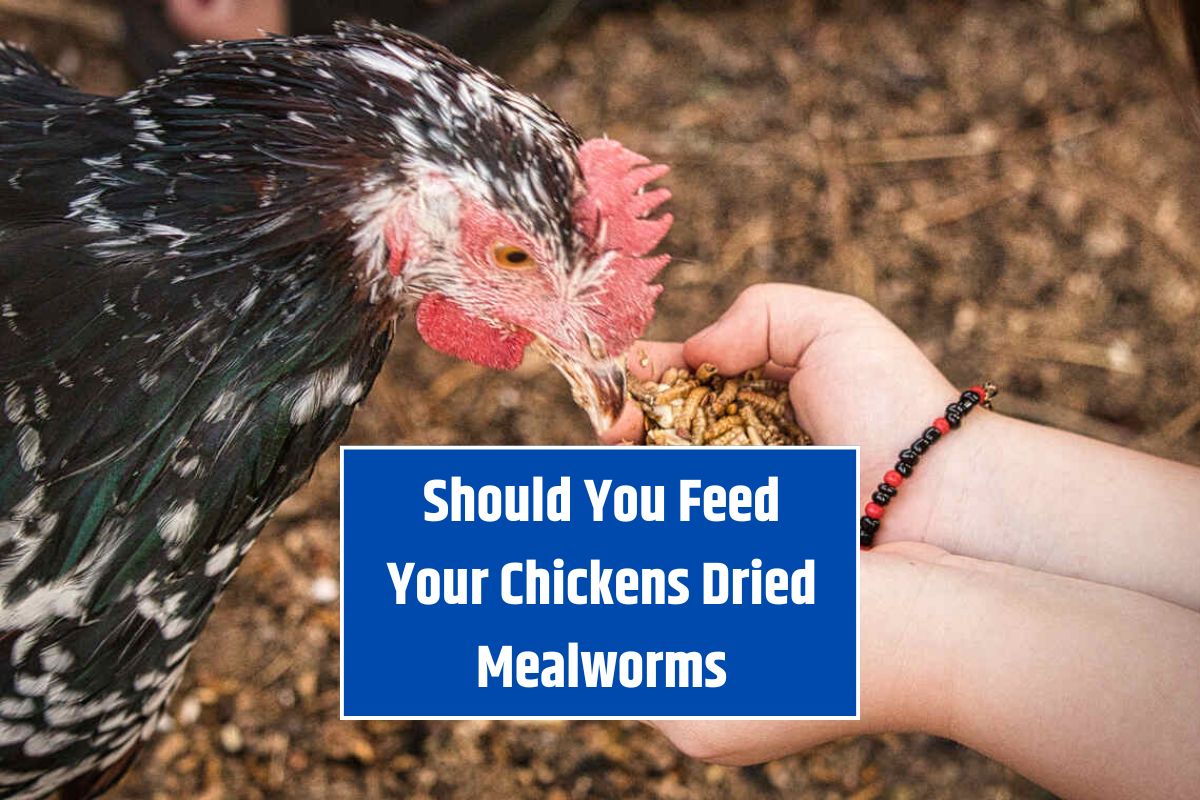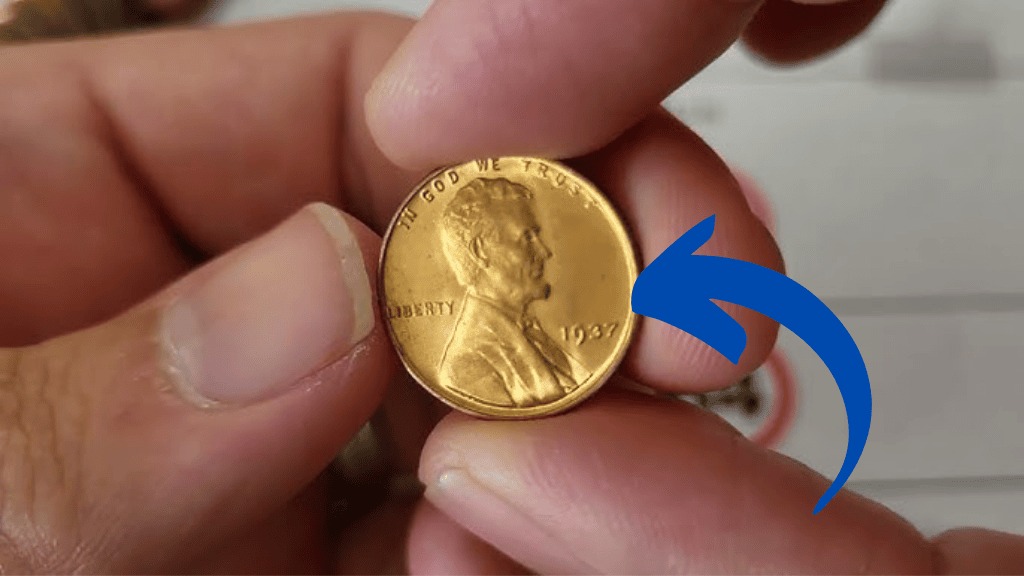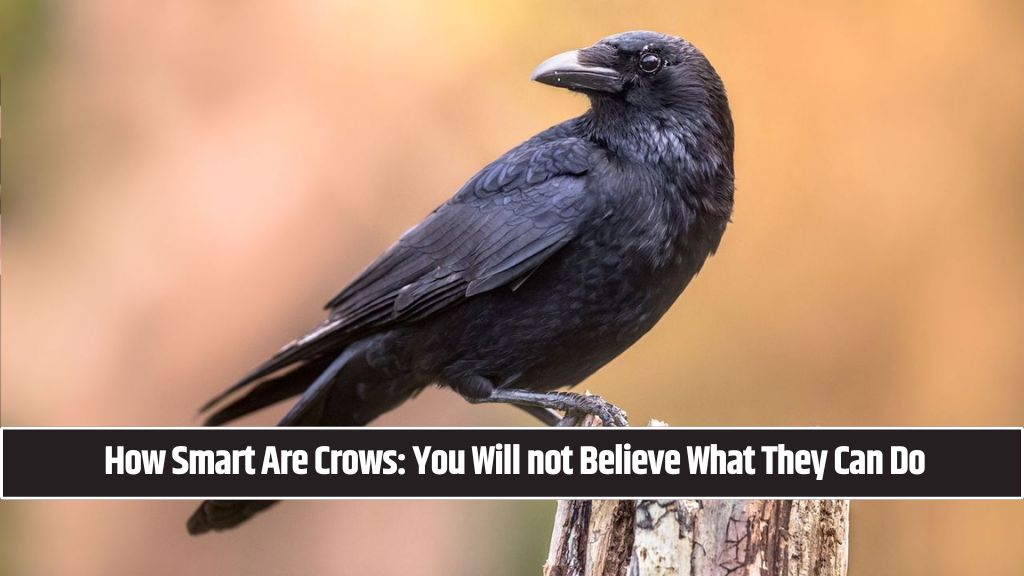Chickens love dried mealworms so much that they’ll come running from any corner of the yard the moment they hear a packet shake! But before you go overboard feeding them, it’s essential to know whether mealworms are safe, how often you should give them, and what health benefits they offer. Let’s explore everything you need to know about feeding your chickens this tasty protein-packed treat.
Why Are Dried Mealworms Good for Chickens?
Mealworms are a rich source of protein, containing about 50% protein when dried and 30% when alive. Chickens need plenty of protein for various reasons, including growing feathers during molting, recovering from illnesses, and maintaining general health. Feeding them mealworms in moderation can support their health and help keep them active and happy.
Using Dried Mealworms for Training Chickens
Chickens are surprisingly smart and can be trained using mealworms as rewards. Whether you want to teach them tricks, get them into the coop easily, or reduce bad behavior, mealworms can do the trick! Here are some training benefits:
- Coop Training: If you have teenage hens reluctant to return to the coop, a few mealworms will get them inside without a fuss.
- Teaching Tricks: Chickens can be taught to run obstacle courses or perform simple tricks through positive reinforcement using mealworm treats.
- Correcting Behavior: Treat-based training can also help address antisocial or disruptive chicken behavior.
Just remember, your hens will do anything for mealworms—but don’t give in too often!
Mealworms During Molting Season
The molting period is when your chickens shed old feathers and grow new ones, and it requires a lot of protein. Since mealworms are high in protein, they are a perfect snack during this stressful time. But it’s important to maintain balance.
Tip: Switch between different high-protein snacks like hard-boiled eggs, pumpkin seeds, and mealworms. Variety keeps your hens happy and ensures they get a range of nutrients.
Feeding Mealworms to Sick or Recovering Hens
If your hen is sick, recovering from an infection, or healing after a predator attack, mealworms can help her regain strength. In such cases, you can give her about a teaspoon of mealworms daily. However, if she has kidney problems, avoid high-protein treats and stick to layer feed with 16-18% protein.
How Much Is Too Much?
Treats should only make up about 10% of a hen’s daily food intake. Too many mealworms can lead to obesity, kidney problems, or reduced egg production. Here are some guidelines:
- Frequency: Give mealworms to your chickens about twice a week.
- Portion Size: A beakful or two of mealworms per day is enough. For larger flocks, toss a small handful into the coop or outdoor area.
- Variety: Don’t stick to just mealworms. Alternate with other healthy snacks to maintain balance.
Fun Feeding Tips
- Mealworm Ice Cubes: For a refreshing summer treat, freeze mealworms in ice cube trays with herbs or grains. Chickens will peck away happily at these cooling snacks.
- Scattering in Bedding: Toss mealworms into coop bedding, and your hens will eagerly dig through the bedding, keeping themselves busy while helping to turn it over.
- Hand Feeding: If you have friendly hens, try feeding them directly from your hand to bond with them.
Dried Mealworms vs. Live Mealworms: Which Is Better?
Dried mealworms are convenient and have a higher protein content, but live mealworms are also beneficial. The protein in live mealworms is slightly less concentrated, making them a safer option if you’re worried about overfeeding protein. Both options are fine as long as you follow the rule of moderation.
Potential Risks: Darkling Beetles and Alternatives
When mealworms grow into adult Darkling beetles, they can become a problem in the chicken coop as they carry diseases like Marek’s disease. To avoid this, it’s best to buy dried mealworms from a reputable supplier.
Alternatively, you can consider crickets or Dubia roaches as protein-rich treats. Dubia roaches are tropical cockroaches that are much quieter and cleaner compared to regular roaches. Plus, they don’t carry the same risks as Darkling beetles.
Like humans enjoy occasional treats, chickens deserve to be spoiled too—but in moderation. Dried mealworms, eggs, seeds, and other protein-rich snacks can make chickens happy and healthy when given properly. Overfeeding can cause health issues, so stick to a balanced diet and only give mealworms twice a week.
If you have time, training your chickens with mealworm treats can be a fun and rewarding experience. Whether it’s teaching tricks or just watching them rummage through the coop for hidden treats, your chickens will love the attention and the tasty rewards!
FAQ’s
Why should I feed my chickens dried mealworms?
Dried mealworms are packed with protein, making them an excellent supplement for chickens, especially during molting when they need extra nutrition to grow new feathers and maintain overall health.
How often should I feed mealworms to my chickens?
Limit mealworm treats to twice a week and ensure they make up no more than 10% of the chicken’s daily food intake to prevent health problems related to excess protein.
Can feeding too many mealworms harm chickens?
Yes, overfeeding mealworms can lead to obesity, kidney issues, and reduced egg production. Moderation is key to keeping your flock healthy.
How do I spot inferior or low-quality mealworms?
Inferior mealworms are often discolored, dusty, or have a foul smell. High-quality mealworms should be clean, evenly dried, and free of mold or contaminants.
Can I use live mealworms instead of dried ones?
Yes, live mealworms are a good option and contain about 30% protein, which is slightly lower than dried mealworms. They are easier to digest and less likely to cause health issues if overfed.

















